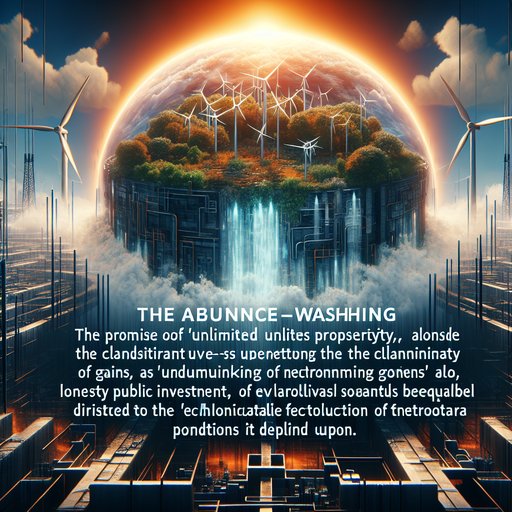- Details
- Written by: Anne Wienbloch

A feature titled “Between Reality and Emotion: The 3D Storytelling of Célia Lopez” arrives with exquisite timing, reminding us that the most urgent canvases today are not just screens, but cities themselves [9][10]. The phrase in that headline distills the core tension of public art: we navigate facts underfoot and feelings at eye level, and we want art that can hold both without flattening either. As mobile tools for professional capture expand—Apple’s Final Cut Camera 2.0 now supports new iPhone 17 lineup features, with further updates for the iPhone 17 Pro noted this week [1][3]—the pipeline from concept to city wall is shorter than ever. The question isn’t whether 3D storytelling can reach the street; it’s whether, once there, it will diagnose civic health or merely decorate it.
- Details
- Written by: Bob Fratenni

The latest skirmish in the climate narrative war arrives with a headline that demands attention: “Get the Facts Straight, The Independent, Island Nations Are Growing, Not ‘Sinking Into the Sea’.” The claim, amplified by a skeptical outlet, insists that some islands are expanding rather than vanishing beneath the waves [2]. Another piece touts a new study reporting that sea level rise is slower than alarmists allege [1]. Set aside the tribal reflex to cheer or jeer; as an anthropologist of human–environment systems, I care less about scoring points and more about how our stories channel resources. If we fixate on a binary—sinking versus growing—we neglect the more immediate, human-made flood that swamps shorelines and stomachs alike: the torrent of throwaway plastic and the political economy that keeps it flowing. The better question isn’t whether islands are “safe,” but whether our cultures are willing to update the rules of reciprocity in a disposable age.
- Details
- Written by: Bob Fratenni

Each time political violence strikes, the first instinct is outrage. The murder of a public figure, whether one agrees with their views or not, shocks because it is a direct assault on the idea that words and persuasion should govern political life. Yet the real danger is rarely limited to the act itself. The greater risk lies in what follows: the wave of anger, the collective blaming of entire groups, and the temptation to turn a crime into a new rallying cry for one side against the other.
- Details
- Written by: Alex Dupcheck

The newest fad in political branding is “abundance,” a feel-good label that promises limitless prosperity while quietly resurrecting old deregulatory attacks on environmental safeguards. Truthout’s warning that an “abundance” lobby uses fashionable words to cloak the same extractive agenda should ring loud in every legislature and newsroom [5]. The test for democracies, especially in a year of climate shocks, is whether rhetoric can be separated from results: can we expand opportunity without razing the ecological foundations it rests upon? That requires more than slogans—it demands public investment in real innovation, rigorous oversight of public-private partnerships, and policies that distribute the gains of technology equitably rather than concentrating them among those who already hold power.

























































